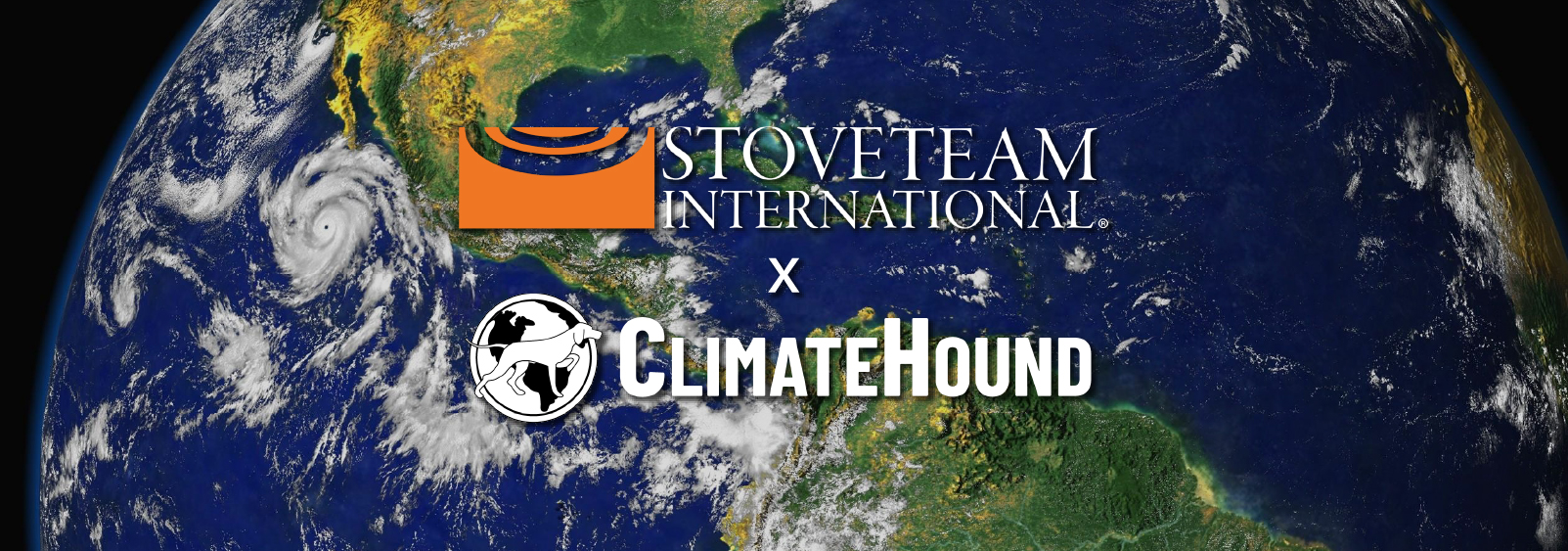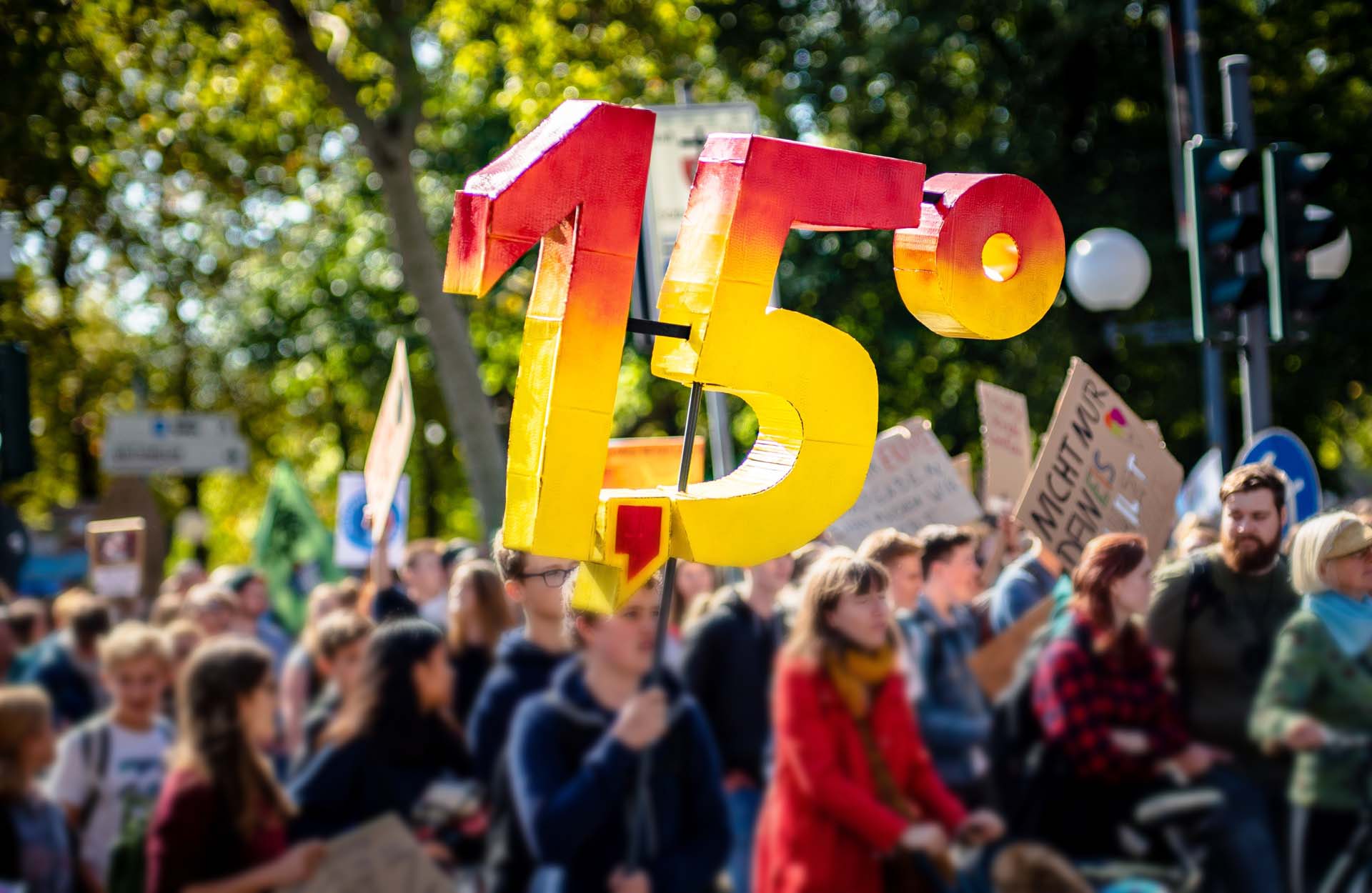_reduced.jpg)




The story of an offset with special meaning for the food and beverage industry. “Carbon offsets” can sound abstract, but behind every project, there are experts and entrepreneurs with the passion to create a healthier planet.

Cap and trade systems have been an important tool in raising corporate and public awareness about measurable ways to address climate impact, but they can also suggest that going carbon neutral is so hard and so expensive for businesses that nothing short of government regulation can make it happen. That’s not the case!